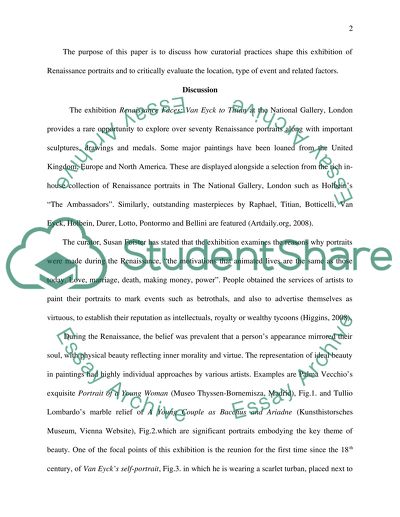Cite this document
(How Curatorial Practices Shape an Exhibition Research Paper, n.d.)
How Curatorial Practices Shape an Exhibition Research Paper. Retrieved from https://studentshare.org/visual-arts-film-studies/1548573-discuss-how-curatorial-practices-shape-an-exhibition
How Curatorial Practices Shape an Exhibition Research Paper. Retrieved from https://studentshare.org/visual-arts-film-studies/1548573-discuss-how-curatorial-practices-shape-an-exhibition
(How Curatorial Practices Shape an Exhibition Research Paper)
How Curatorial Practices Shape an Exhibition Research Paper. https://studentshare.org/visual-arts-film-studies/1548573-discuss-how-curatorial-practices-shape-an-exhibition.
How Curatorial Practices Shape an Exhibition Research Paper. https://studentshare.org/visual-arts-film-studies/1548573-discuss-how-curatorial-practices-shape-an-exhibition.
“How Curatorial Practices Shape an Exhibition Research Paper”. https://studentshare.org/visual-arts-film-studies/1548573-discuss-how-curatorial-practices-shape-an-exhibition.


